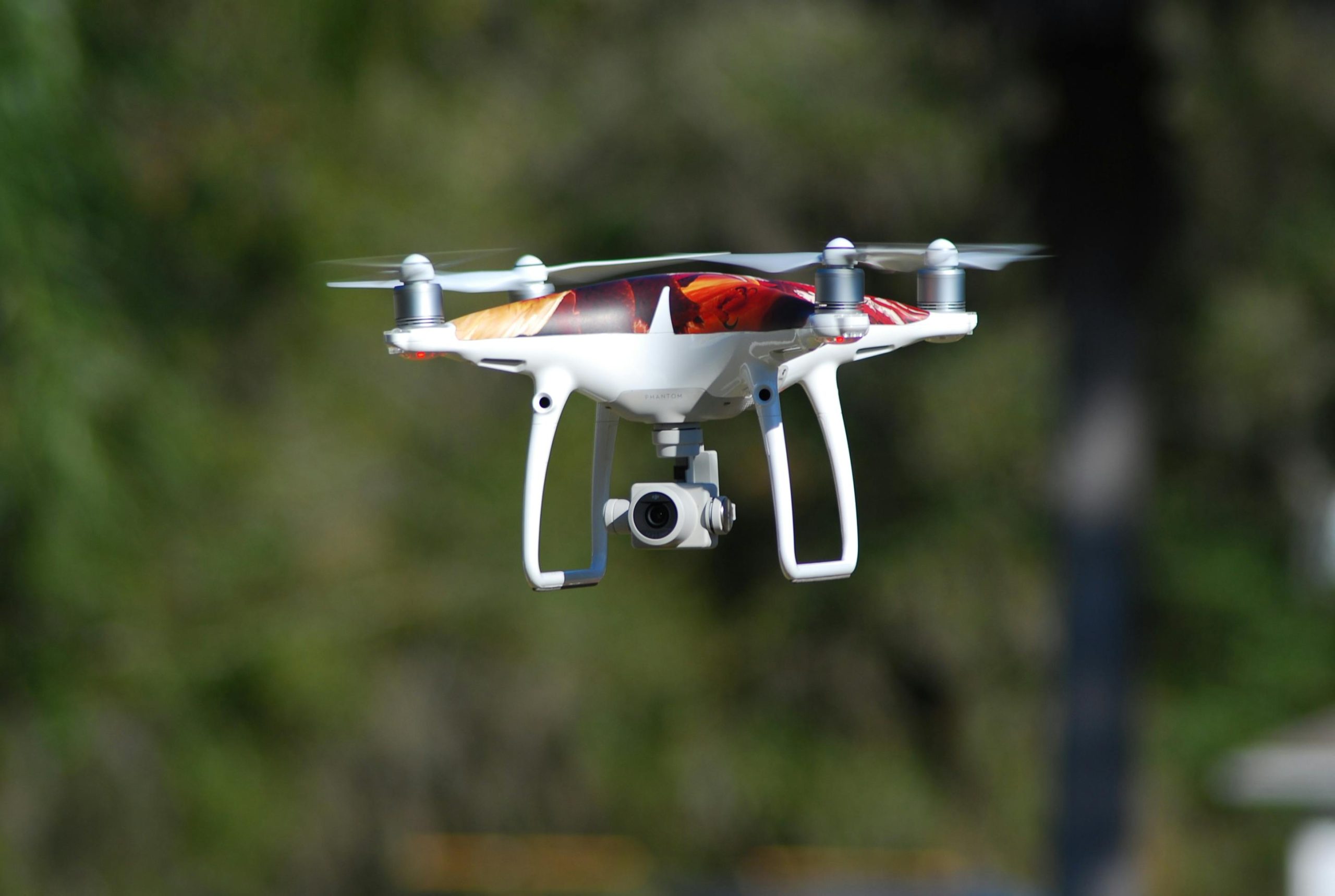If you’ve ever spent a late night at a fire scene or been tasked with scouting for wildlife in the dead of night, you know that a regular camera just doesn’t cut it.
My first experience with a drone with thermal camera was in a search-and-rescue mission, and let me tell you, it changed my whole perspective on aerial photography.
The ability to see heat signatures through trees or buildings, capturing scenes with a level of detail and clarity you can’t achieve with traditional cameras, was eye-opening.
It’s not just for emergency services; thermal drones are a game-changer in various industries, from agriculture to infrastructure inspections.
But with so many options out there, how do you pick the right one? Today, let’s break it down in the most fun, practical, and totally approachable way—no jargon, just pure love for flying drones.
What Makes a Drone with Thermal Camera So Special?

Okay, let’s talk basics. Why would you need a drone with thermal camera in the first place?
Imagine you’re a firefighter, and you need to locate hotspots in a building without putting yourself in harm’s way.
Or maybe you’re a wildlife photographer aiming to track nocturnal creatures without disturbing their natural habitat. A drone with a thermal camera is your best friend.
The main advantage of these drones lies in their ability to detect temperature variations.
Unlike regular cameras that capture visible light, thermal cameras capture infrared radiation, which is emitted by all objects based on their temperature.
Whether it’s for spotting a warm body in the woods or inspecting electrical systems, this technology gives you the ability to see what the human eye cannot.
Pro tip: If you’re planning on using it in low-light conditions or for nighttime photography, thermal cameras work wonders, and this isn’t just for the professionals.
Many of today’s thermal drones are super easy to fly and intuitive to use for hobbyists, too.
How Does a Thermal Drone Work?
So, how does a drone with thermal camera actually work? It’s simpler than you might think.
The thermal camera onboard detects infrared radiation emitted by objects, translating it into an image.
This image is a visual representation of temperature variations, where cooler areas appear in blue and warmer areas in yellow, red, or white.
It’s like having a superpower to see heat!
Whether you’re looking for hot spots on power lines or wildlife tracking at night, this camera gives you the ultimate tool to explore without needing to get too close.
The best part? Thermal drones often have an additional visible-light camera, giving you the ability to combine both regular and infrared footage for a full picture.
Quick tip: Don’t confuse infrared with night vision! Infrared technology picks up temperature differences, while night vision amplifies existing light.
Both are useful, but they serve very different purposes.
What Are the Best Drones with Thermal Cameras for Different Needs?
Alright, you’re probably wondering which drones actually deliver top-notch thermal imaging without breaking the bank.
Well, as a photographer who has tested dozens of drones, here’s the breakdown of the best options depending on your needs:
Best for Professionals: DJI Matrice 300 RTK
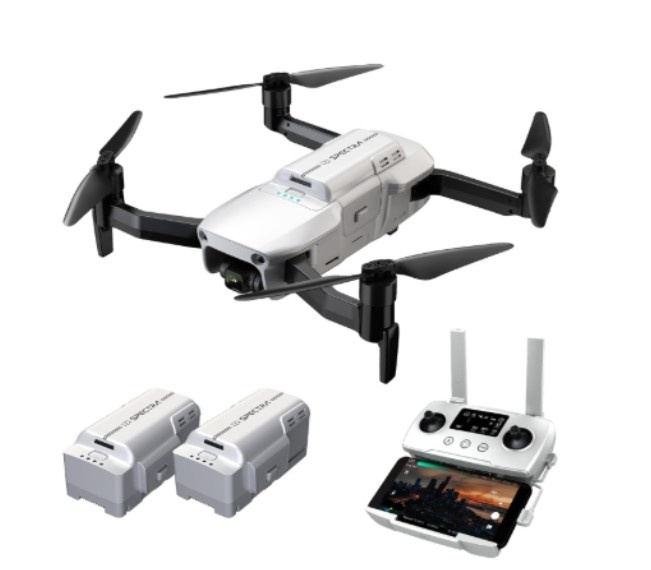
Image source- Amazon
The DJI Matrice 300 RTK is a powerhouse in the thermal drone market.
With a massive payload capacity and incredible thermal camera integration, it’s perfect for industrial inspections, search and rescue missions, and even agriculture.
The camera system is a beast, with the option to integrate the Zenmuse H20T thermal camera, which offers high-resolution thermal imagery.
Key Features:
- Dual thermal and visual camera options
- RTK for precise location tracking
- Long flight times (up to 55 minutes)
Best for Beginners: Autel EVO II Dual
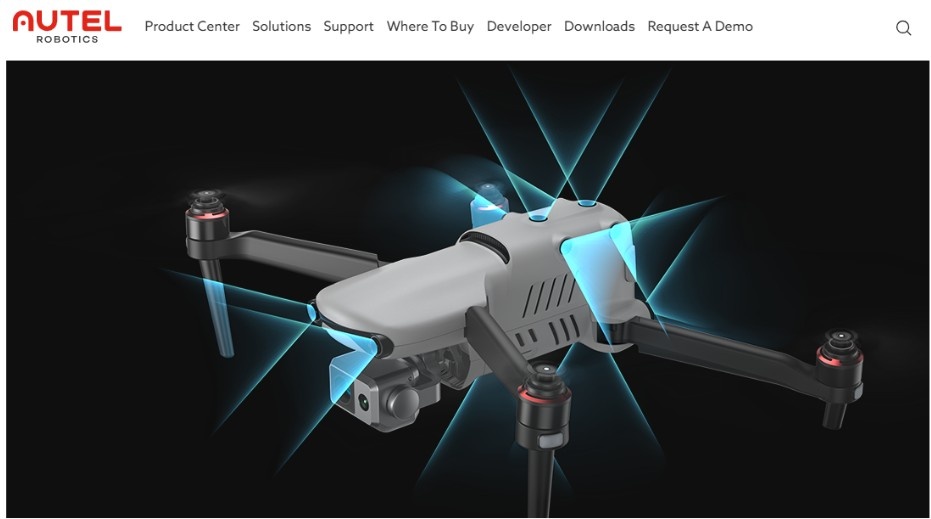
Image source- autelrobotics.com
If you’re just dipping your toes into the world of thermal drones, the Autel EVO II Dual is an excellent choice.
This drone combines a 48MP camera with a 640×512 resolution thermal sensor, offering impressive thermal imaging quality without the price tag of the high-end models.
It’s compact, user-friendly, and perfect for both indoor and outdoor use.
Key Features:
- 8K camera paired with thermal imaging
- 40 minutes of flight time
- 5.5-mile range
Best for Mid-Range: Parrot Anafi USA
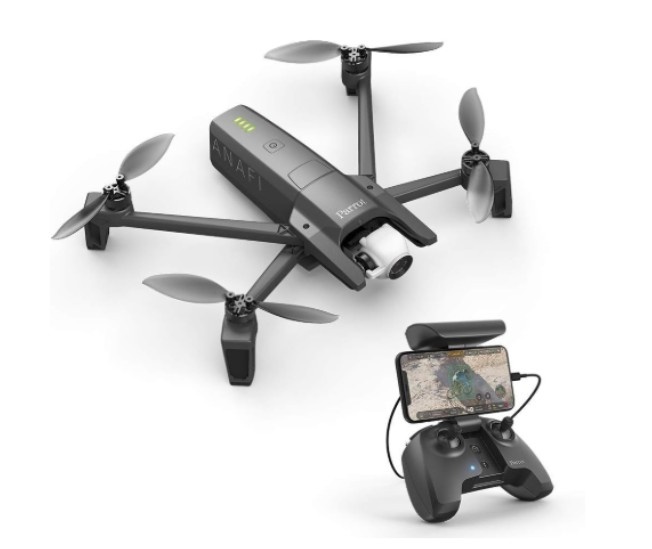
Image source- Amazon
For those who want a solid balance between price and performance, the Parrot Anafi USA thermal drone is an excellent option.
It has both thermal and 4K HD cameras, and it’s designed for public safety, inspection, and environmental monitoring. Plus, it’s easy to operate, even if you don’t have years of experience flying drones.
Key Features:
- 32x zoom camera with thermal imagery
- 4K HDR video
- Lightweight and portable
How Do You Fly a Drone with Thermal Camera?
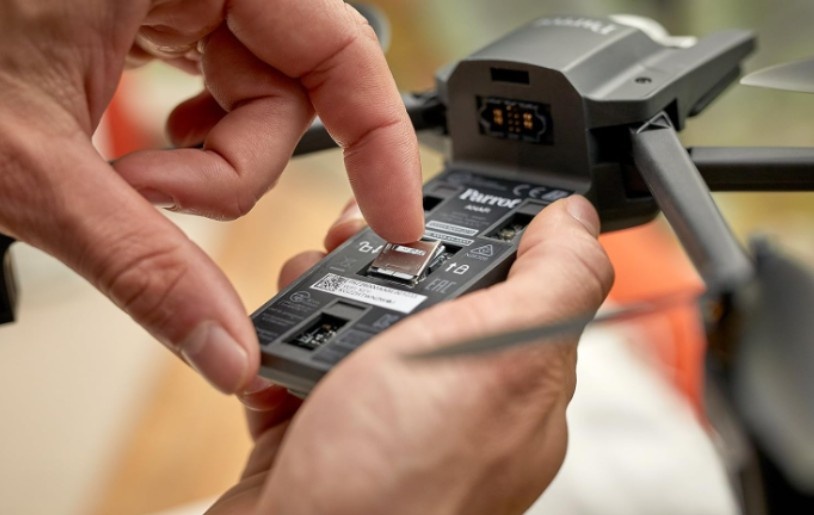
Image source- Amazon
Now, onto the fun part—flying your drone with thermal camera. While it sounds intimidating at first, flying a thermal drone is actually quite similar to flying a regular drone, with just a few added elements to consider.
Step 1: Get Familiar with the Controls
Whether you’re using a tablet or a physical controller, you’ll want to take a few test flights in an open area first.
Practice controlling the drone’s altitude, yaw (left and right), and pitch (forward and backward).
The more you practice, the more comfortable you’ll become with both the drone and the thermal camera.
Step 2: Master the Thermal Settings
The camera controls for thermal drones are a bit different than your standard cameras.
You’ll need to get comfortable adjusting settings like color palettes, brightness, and contrast to make sure you’re capturing the best possible thermal footage.
Some drones also let you switch between different thermal imaging modes depending on what you’re scanning.
Step 3: Plan Your Flight
When using a thermal drone for something like search-and-rescue or infrastructure inspection, always plan your flight path.
Use the thermal camera to scout large areas or target specific locations like powerlines, roofs, or heat signatures in a forest.
FAQ
Q: Can thermal drones be used in complete darkness?
Absolutely! Unlike regular cameras, thermal drones don’t rely on light. They can detect heat signatures in total darkness, which is perfect for night-time operations or areas with no ambient light.
Q: How long can thermal drones fly?
The flight time varies by model. High-end drones like the DJI Matrice 300 RTK can fly for up to 55 minutes, while more affordable models like the Autel EVO II Dual generally offer around 40 minutes.
Q: Do thermal drones work in bad weather?
While many thermal drones are built to handle light rain and wind, extreme weather conditions like heavy snow or gusty winds can affect performance. Always check the weather forecast before flying.
Q: Can I use a thermal drone for wildlife photography?
Absolutely! Thermal drones are great for capturing nocturnal animals or spotting wildlife from a distance. They help you track animals without disturbing their natural habitats.
Final Scoop Before You Jump In
Choosing the right drone with thermal camera can feel like a daunting task, but once you figure out what you need, it’s a total game-changer.
Whether you’re an enthusiast just starting out or a seasoned pro in search of a new tool for your kit, there’s a thermal drone that fits your needs.
Remember, no matter what model you choose, practice makes perfect. So get out there, take to the skies, and see the world in a whole new way!
One final piece of advice from me: Don’t forget to take the time to understand your drone’s settings.
The more you fine-tune it, the better your shots will be—whether you’re capturing wildlife, mapping terrain, or inspecting structures. Enjoy the adventure!
Happy flying, folks! Keep those lenses sharp and your flights steady.

